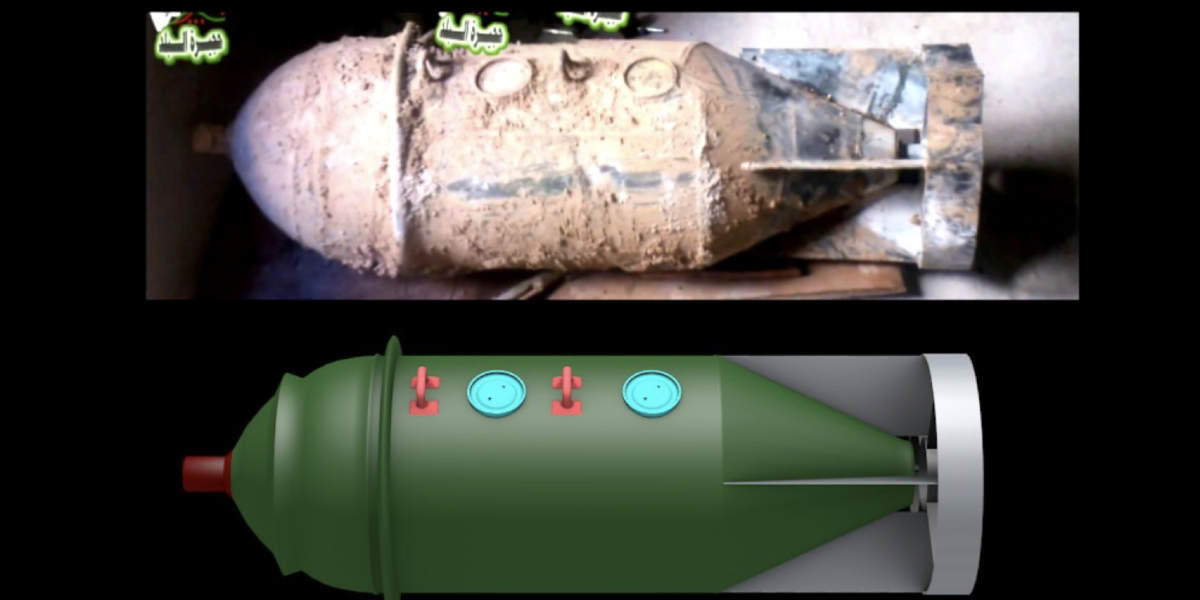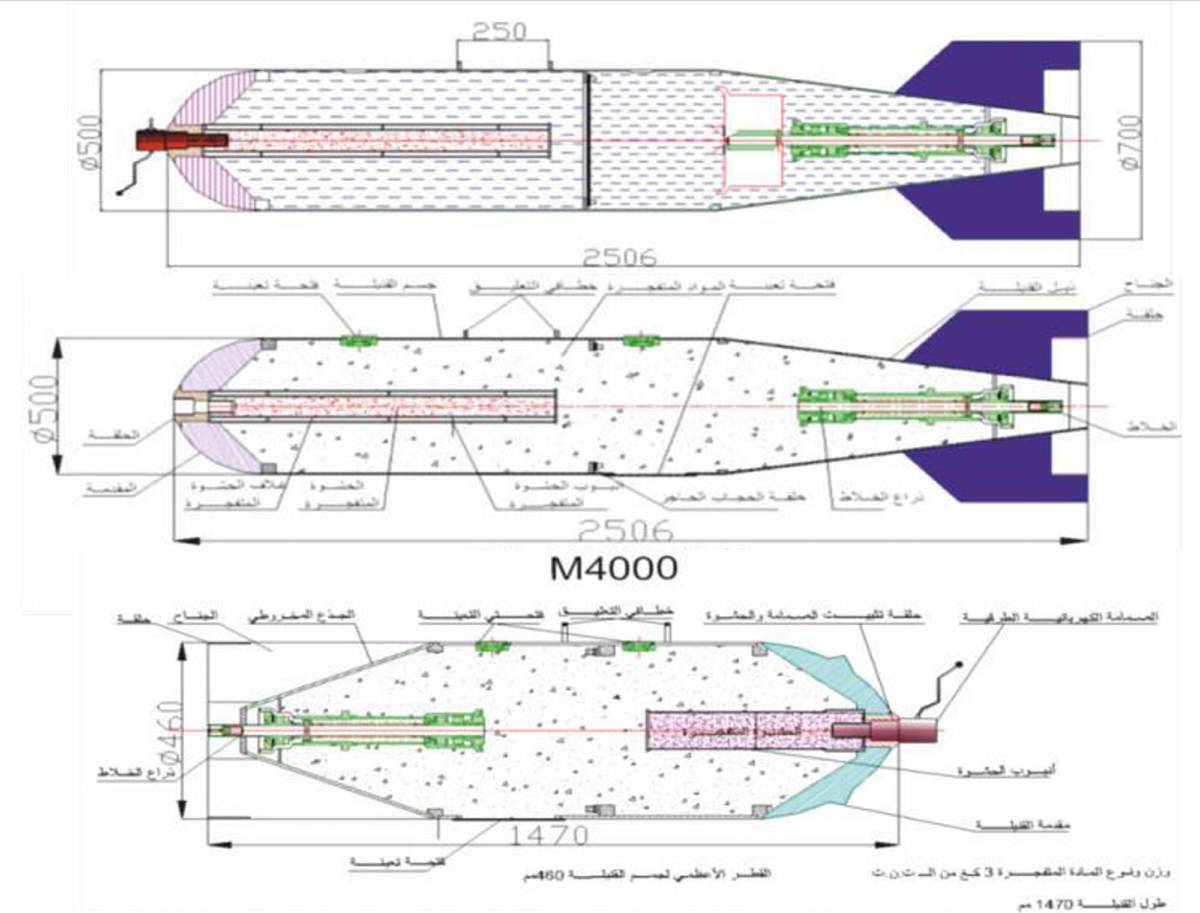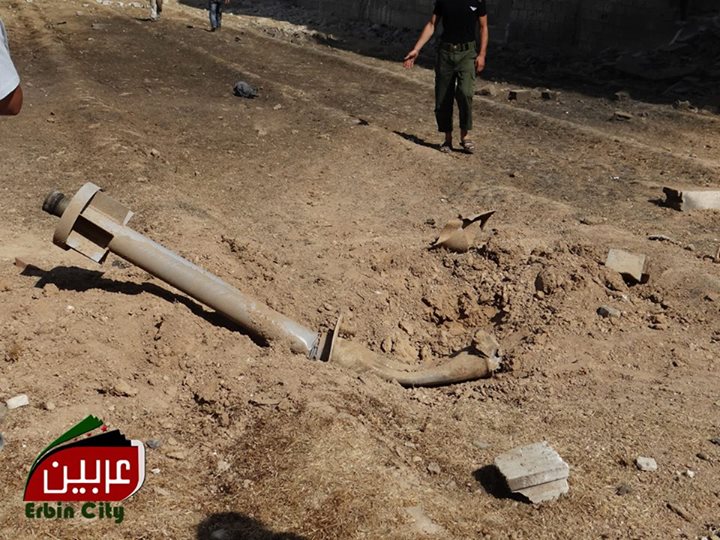The Chemical Realities of Russia's Khan Sheikhoun Chemical Warehouse Attack Claims
In response to allegations of a chemical attack in Khan Sheikhoun on April 4th 2017 the Russian Ministry of Defence made a statement where it claimed a warehouse containing chemical agents was hit in the same town as the attacks were reported to have occurred:
The Syrian Air Force has destroyed a warehouse in Idlib province where chemical weapons were being produced and stockpiled before being shipped to Iraq, Russia’s Defense Ministry spokesman said.
The strike, which was launched midday Tuesday, targeted a major rebel ammunition depot east of the town of Khan Sheikhoun, Russian Defense Ministry spokesman Major-General Igor Konashenkov said in a statement.
The warehouse was used to both produce and store shells containing toxic gas, Konashenkov said. The shells were delivered to Iraq and repeatedly used there, he added, pointing out that both Iraq and international organizations have confirmed the use of such weapons by militants.
From a technical chemical weapons perspective, it seems unlikely that the Russian “warehouse/depot” narrative is plausible as the source of the chemical exposure seen on April 4th. To date, all of the nerve agents used in the Syrian conflict have been binary chemical warfare agents, so-named because they are mixed from several different components within a few days of use. For example, binary Sarin is made by combining isopropyl alcohol with methylphosphonyl difluoride, usually with some kind of additive to deal with the residual acid produced. The nerve agent Soman can also be produced through a binary process. The nerve agent VX has a similar binary process, although it proved to be a more complicated process than merely mixing the materials.
There are several reasons why the Assad regime would use binary nerve agents. Binary nerve agents were developed by the US military in order to improve safety of storage and handling, so that the logistical chain would not have to actually handle nerve agents. The US had developed some weapon systems that mixed the materials in flight after firing. These particular weapon systems were the M687 155mm binary Sarin artillery shell, the XM736 8 inch binary VX artillery shell, and the Bigeye binary VX air-dropped bomb. All were the product of lengthy research and development efforts, and none of them worked terribly well in practice, particulary the VX weapons. There is no evidence that the Assad regime has ever made or fielded “mix-in-flight” binary weapons. OPCW inspections after Syria’s accession to the CWC in 2013 revealed a variety of fixed and mobile mixing apparatus for making binary nerve agents.
The other key reason for binary Sarin is that only a few countries really ever cracked the technology for making “unitary” Sarin that had any kind of useful shelf-life. The main chemical reaction that produces Sarin creates 1 molecule of hydrogen fluoride (HF), a potent and dangerous acid, for every molecule of Sarin. This residual HF destroys nearly anything the Sarin is stored in, and quickly degrades the Sarin. The US and USSR had devoted a huge effort to finding a way out of this problem. They found different ways to refine the HF out of the Sarin using very expensive heavy chemical engineering techniques which, for obvious reasons, are best not described here. Syria either did not develop such techniques or decided it was far cheaper, safer, and easier to stockpile binary components for a “mix it as you need it” process. Hence the “mobile mixing equipment” found by the OPCW. Nor did Saddam Hussein’s Iraq, which had huge problems with the short shelf life of its Sarin.
Even assuming that large quantities of both Sarin precursors were located in the same part of the same warehouse (a practice that seems odd), an air-strike is not going to cause the production of large quantities of Sarin. Dropping a bomb on the binary components does not actually provide the correct mechanism for making the nerve agent. It is an infantile argument. One of the precursors is isopropyl alcohol. It would go up in a ball of flame. A very large one. Which has not been in evidence.
Another issue is that, if the Syrian regime actually did believe that the warehouse stored chemical warfare agents, then striking it deliberately was an act of chemical warfare by proxy.
Finally, we are back to the issue of industrial capacity. It takes about 9 kg of difficult to obtain precursor materials to generate the necessary steps to produce Sarin. The ratio is similar with other nerve agents. Having a quantity of any of the nerve agents relies on a sophisticated supply chain of exotic precursors and an industrial base. Are we to seriously believe that one of the rebel factions has expended the vast sums of money and developed this industrial base, somehow not noticed to date and not molested by attack? It seems an unlikely chain of events.


